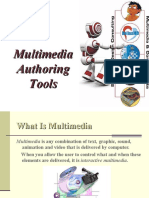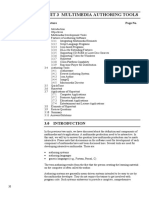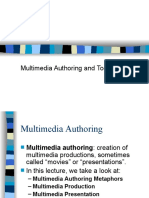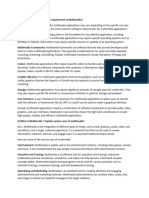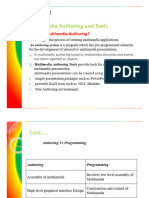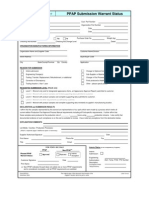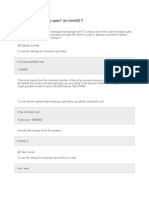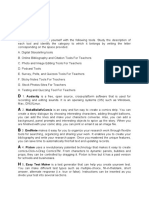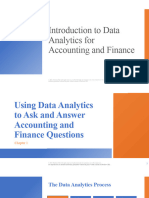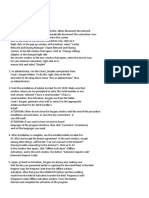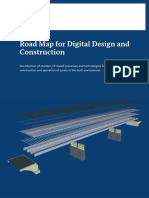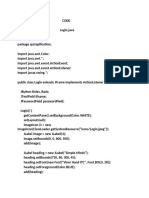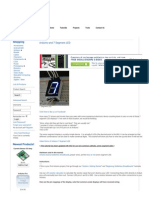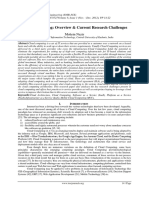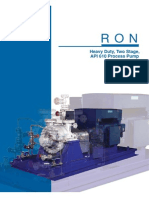0% found this document useful (0 votes)
13 views23 pagesUnit 5
The document discusses multimedia authoring and compression, outlining examples of multimedia, requirements for authoring tools, and types of authoring tools such as card-based, icon-based, and time-based tools. It also covers intramedia and intermedia processing, the need for media compression, and techniques for compressing graphics, particularly focusing on mesh compression using connectivity encoding. Overall, it highlights the importance of multimedia in communication and content production, as well as the technical considerations involved in creating and managing multimedia content.
Uploaded by
deathblow.godzillaCopyright
© © All Rights Reserved
We take content rights seriously. If you suspect this is your content, claim it here.
Available Formats
Download as PDF, TXT or read online on Scribd
0% found this document useful (0 votes)
13 views23 pagesUnit 5
The document discusses multimedia authoring and compression, outlining examples of multimedia, requirements for authoring tools, and types of authoring tools such as card-based, icon-based, and time-based tools. It also covers intramedia and intermedia processing, the need for media compression, and techniques for compressing graphics, particularly focusing on mesh compression using connectivity encoding. Overall, it highlights the importance of multimedia in communication and content production, as well as the technical considerations involved in creating and managing multimedia content.
Uploaded by
deathblow.godzillaCopyright
© © All Rights Reserved
We take content rights seriously. If you suspect this is your content, claim it here.
Available Formats
Download as PDF, TXT or read online on Scribd
/ 23


















